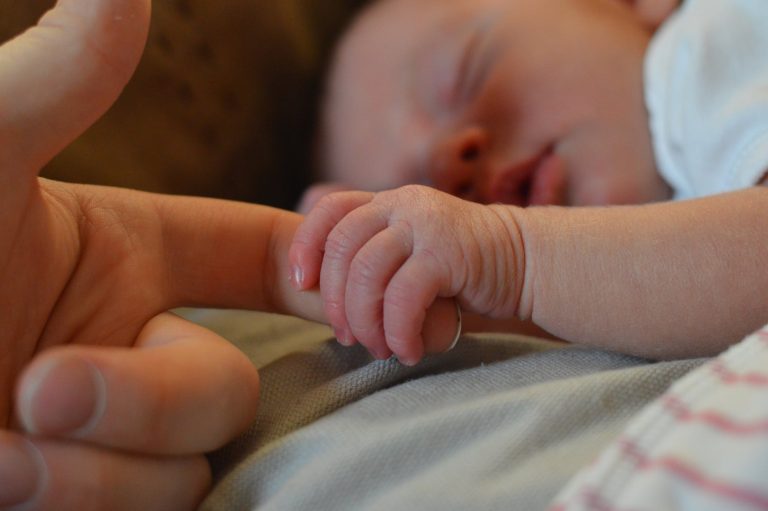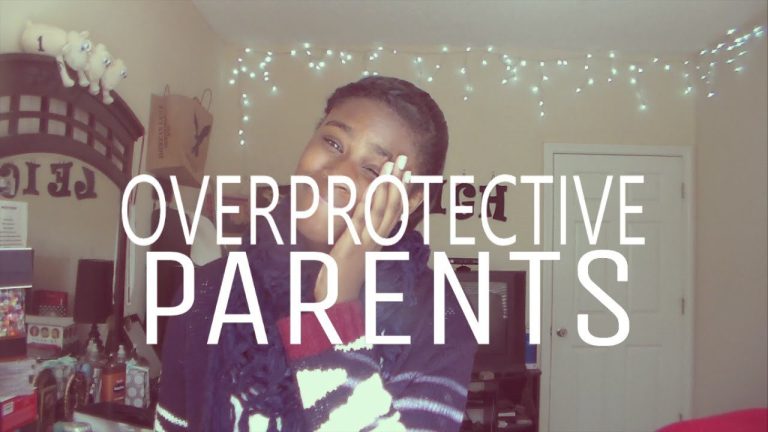Dyslexia and Self-Esteem of the child
Dyslexia seems to affect around 5-17% of students (Rollins, 2014). Dyslexia refers to having a difficulty in reading, spelling and writing. Having these difficulties does not mean it is a disability as a lot of people view it. Due to its high prevalence, a lot of research has been conducted to help us understand better the roots of dyslexia and understand whether it impinges on one’s self-esteem or not. There are various conflicting ideas debating and arguing about the profile of dyslexia and its effects on self-esteem. One side of the literature emphasises on the positive aspect of self-esteem, whilst the other more prominent side focuses on the negative implications of dyslexia on the individual’s self-esteem.
However, even though they might struggle with reading or writing, people with a profile of dyslexia are very visual and make good use of graphic organization to help them classify ideas and objects (Alexander‐Passe, 2006; Tonna, 2013). They are very creative and are thus capable of excelling in artistic careers (Scott & Snowling, 2004). These are positive attributes of having a profile of dyslexia. It is important to embrace the profile of dyslexia with a positive mindset, since this enhances acceptance and affects less their self-esteem.
There are various experiences in life that can leave an impact on the person’s self-esteem. This applies for both people with a profile of dyslexia, and people without a profile of dyslexia. However, those with a profile of dyslexia tend to have more challenges to face, therefore leaving more impact. Struggling at school tasks, such as reading out in class and writing tasks, can dent the student’s self-esteem.
Multiple studies show that people with a profile of dyslexia tend to have lower self-esteem (Tonna, 2013). Glazzard (2010) found that one of the most significant factors that contributed to the levels of self-esteem is the diagnosis. This study shows that the earlier the diagnosis, the more positive is the outcome; and this helps entail a positive self-image. Early diagnosis and intervention is highly important as the person still has potential ahead to develop.
The three main social contexts that mostly influence the self-esteem of people with the profile of dyslexia are teachers, peers and parents (Glazzard, 2010). All three influence the individual’s self-esteem to a certain degree. Certain studies pointed out that teachers used to compare the students with a dyslexia profile with the rest of their peers. When comparing, the dyslexic student might feel incompetent, disappointed and even isolated from the rest of the class, adopting the “me” and “them” approach. People with a profile of dyslexia are seen as an easy target for bullying by their peers. This is why everyone should be treated as a unique human being.
Drama seems to be a very effective method to increase the self-esteem. It seems to have a long-term effect of helping persons boost their self-esteem and gain confidence in themselves (Debono, 2011). Alexander-Passe (2006) also shows that counselling does help the individual gain confidence and selfworth. Counselling can also be effective to enhance a positive self-esteem for the individual (Falzon & Camilleri, 2010).
Alexander‐Passe, N. (2006). How dyslexic teenagers cope: An investigation of self-esteem,
coping and depression. Dyslexia, 12(4), 256-275.
Debono, C. (2011). Raising self-esteem through drama: The experience of persons
with a dyslexic profile University of Malta; Faculty for Social Wellbeing.
Department of Psychology.
Tonna, A. M. (2013). I knew I could do it: The secondary school experience of
students with dyslexia University of Malta; Faculty of Education.
Danica Cassar is a third-year psychology student at the University of Malta. She is the Triage Manager at Willingness.com.mt.







